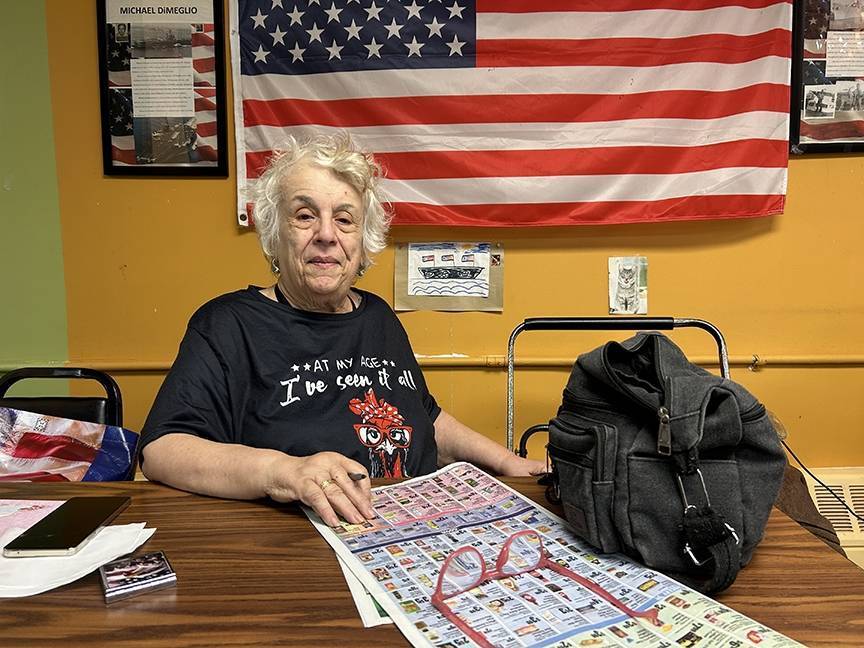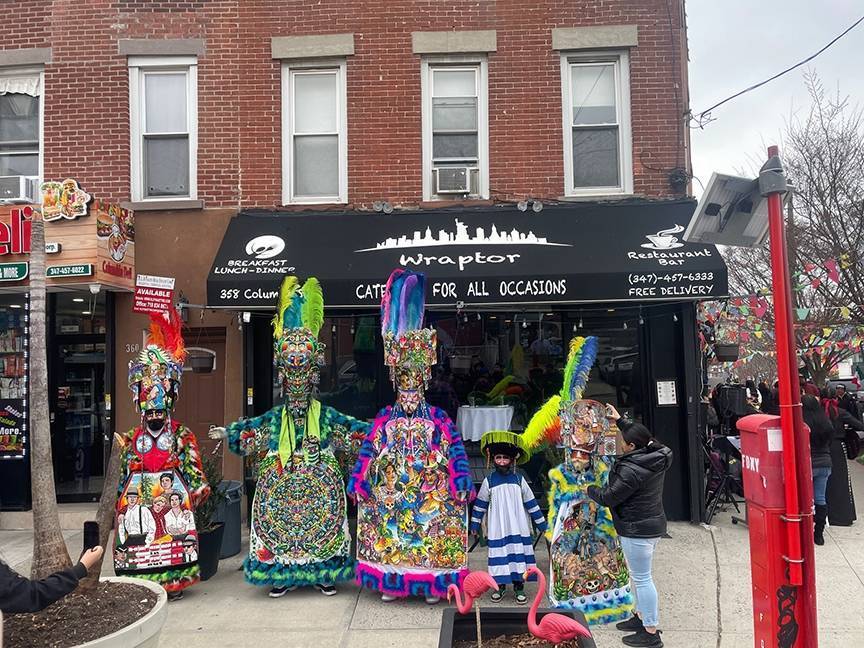A few weeks ago we were contacted by the Red Hook Coalition. Nahisha McCoy sent an email inviting us to their first community input meeting. We are happy that this Coalition, bearing the name of our community, has finally come out of the shadows and introduced itself. While their existence was not exactly a secret before this, many residents we spoke with were unsure of who they were.
In our front page story we note that they have raised close to a half million dollars. We already knew that the Coalition had used some money for ReStore Red Hook, some for the Red Hook Summit, and more for the ongoing work of the Red Hook Volunteers, we were not clear about anything else.
At last week’s meeting we were informed about another project – a localized disaster plan. However, while the cafeteria at South Brooklyn HS was packed for this meeting – we are talking about maybe 50 residents. There are at least 12,000 living in Red Hook.
We believe that funds raised by the Red Hook Coalition are funds raised on behalf of the entire community. A needs statement is an important part of every grant request. Most probably the needs of the Red Hook community following Sandy are a part of these successful grant requests. As every Red Hooker is a partner in this process, it is only obvious that every Red Hooker should be informed about it.
More can be done to let the whole community know about the Coalition plans and activities. We were fortunate to receive an email – others have friends on the committee or perhaps saw a flyer or Facebook post. These are all good, but a better tool should also be utilized.
There are at most 5,000 households in Red Hook. The US Post Office sends letter carriers to every door in Red Hook every day but Sunday. A few years ago the Post Office began a program called Every Door Direct Mail (EDDM).
What EDDM does is turn the post office into a very efficient flyer distribution service. It is no longer necessary to address individual flyers. All one has to do is follow the design guidelines easily available on the USPS website, print a one or two sided flyer and bring them to the post office. They will give them to the carriers who will drop one in every mail box of slot on their route.
Since the post office does not need to read individual addresses, the postage is quite inexpensive – about 16 cents each. Including the cost of design and printing, everybody can get a flyer/newsletter delivered to them for much less than $1500.
Out of a half million dollars in grant money, a yearly communication plan of four or six mailings would eat less than $10,000 – an expense at least as important as the studies that much of the money is going for.
Speaking of studies – our article indicates that studies are one of the main products of the Coalition. Perhaps consideration should be given to hard goods as well. Generators, gasoline and electricity were in short supply after the storm. Even if one had the money, most stores were out of generators, and gas lines existed all over the city. A suggestion might be for the Coalition to buy a bunch of generators and possibly a large gasoline tank, and find a place to store them for when they may be needed again.
Someone had the idea to place old fashioned suggestion boxes around the neighborhood. We like that idea too!








